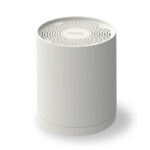Monitoring air quality to defend children’s health
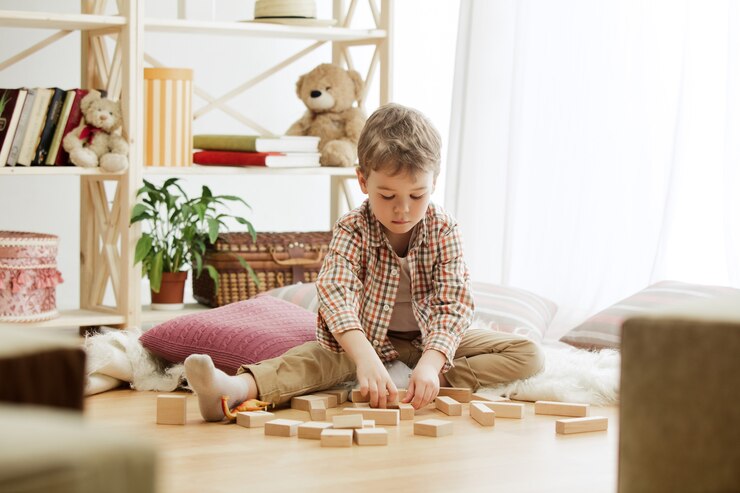
Air pollution is a global problem
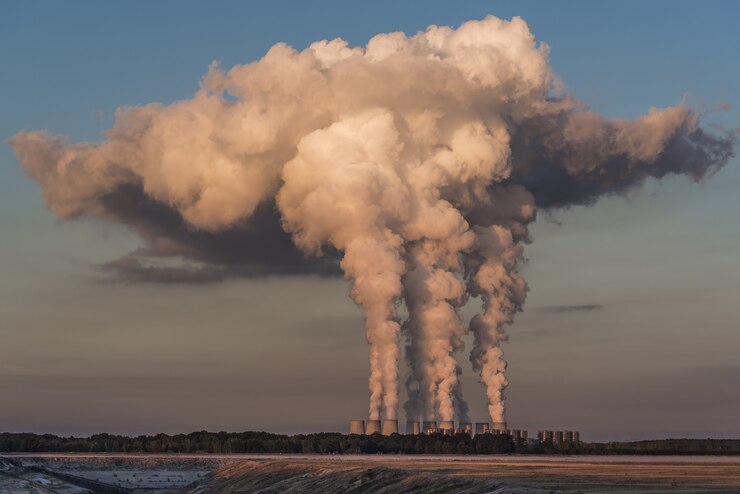
More than 90 percent of the world’s population is exposed to levels of pollutants in the air above World Health Organization (WHO) recommended values for health protection. Children are among the most vulnerable.
These are some of the findings from “Air pollution and child health: prescribing clean air” (“Air pollution and child health: clean air is recommended”)published by the WHO.
The report again highlights the relevance of outdoor and indoor air pollution to children’s health, a problem that has already been recognized as a major public health priority to be addressed through a continuous process of improving air quality.
Air pollution is a global problem, and on analysis of scientific evidence there is a very strong link between air pollution and health.
Air pollution and children’s health
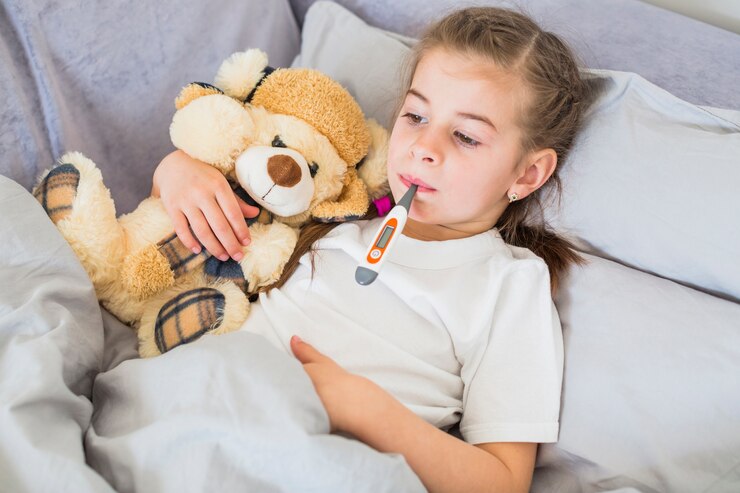
Children are more vulnerable to outdoor and indoor air pollution than adults. This is because toddlers have higher surface area/volume ratios, higher metabolic activities and respiratory rates, tissues and organs with high cellular replication activity, and immaturity of tissues, organs and systems. In addition, their smaller stature makes them more at risk of inhaling pollutants that go into the soil as they are closer to the soil.
WHO estimates assign outdoor and indoor air pollution exposures to about 700,000 premature deaths for children under age 5.
Air pollution data for Italy place our country in a highly critical situation in that 98 percent of children under 5 live in areas where PM2.5 concentrations are above the levels recommended by the WHO for health protection.
The undesirable effects
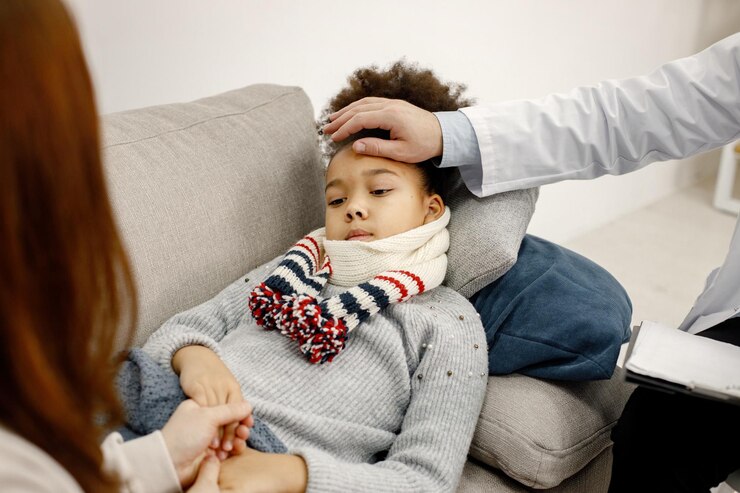
Among the main health effects of air pollution in children are reported to be reduced lung function, asthma, acute lower respiratory tract infections, problems in neurobehavioral development, obesity, otitis, and finally some childhood cancers, such as leukemias and retinoblastomas, which may be associated with maternal exposures to carcinogenic pollutants in the prenatal period. It should also be emphasized that exposures in infancy not only result in measurable effects in the child itself, but also project into later years, making the individual more vulnerable throughout his or her life course.
The importance of getting informed

Regarding exposure to indoor-type pollution, such as exposure to cigarette smoke in the home or exposure to combustion fumes such as stoves, fireplaces, and even incense scenters, it is necessary for parents to keep these domestic pollutant sources under control to ensure a healthy environment and safeguard the health of their children. The implementation of preventive actions taken during the child-adolescent phase can thus yield immense public health benefits in terms of reduced disease burden and health care costs.
This framework strongly reiterates the importance of implementing strategic actions aimed at reducing exposures, with a specific focus on the youngest children, both through primary prevention interventions aimed at reducing pollutant emissions delegated to local public administrators and national policies, and through education and training activities that enable families, pediatricians to teachers to avoid exposing children to high levels of pollutant concentrations.


